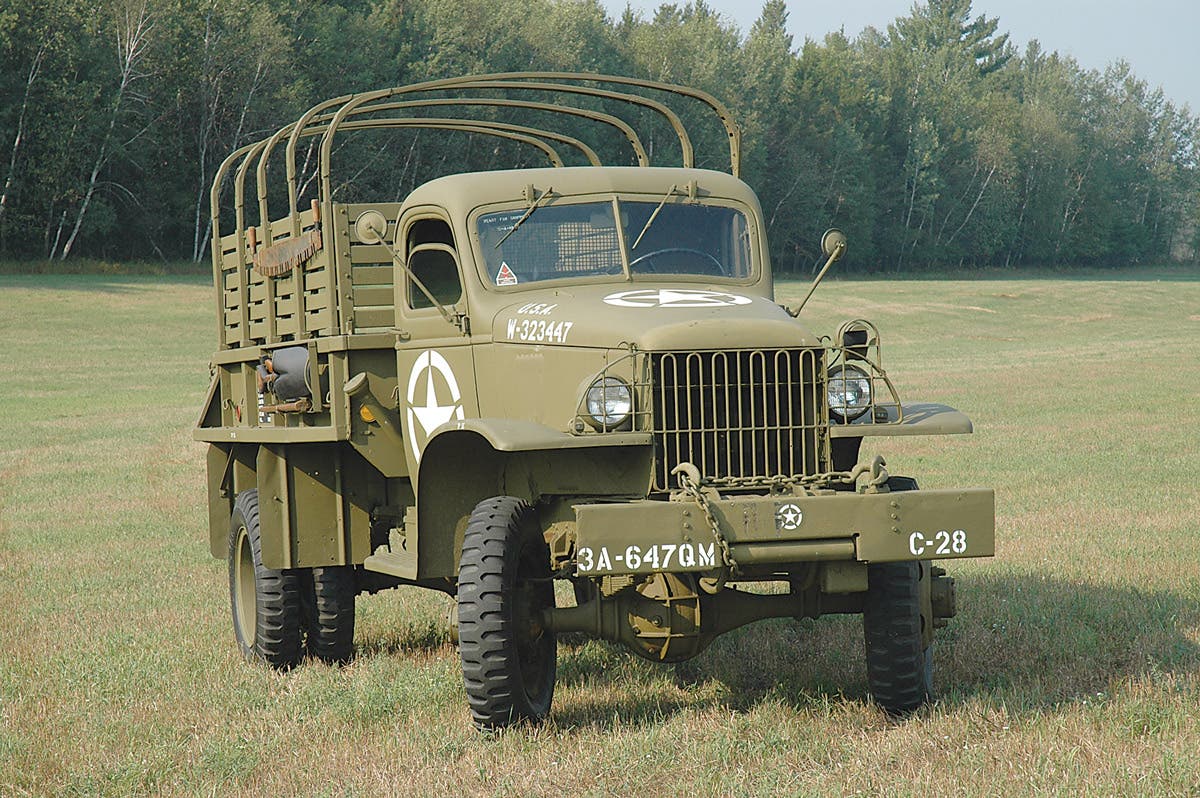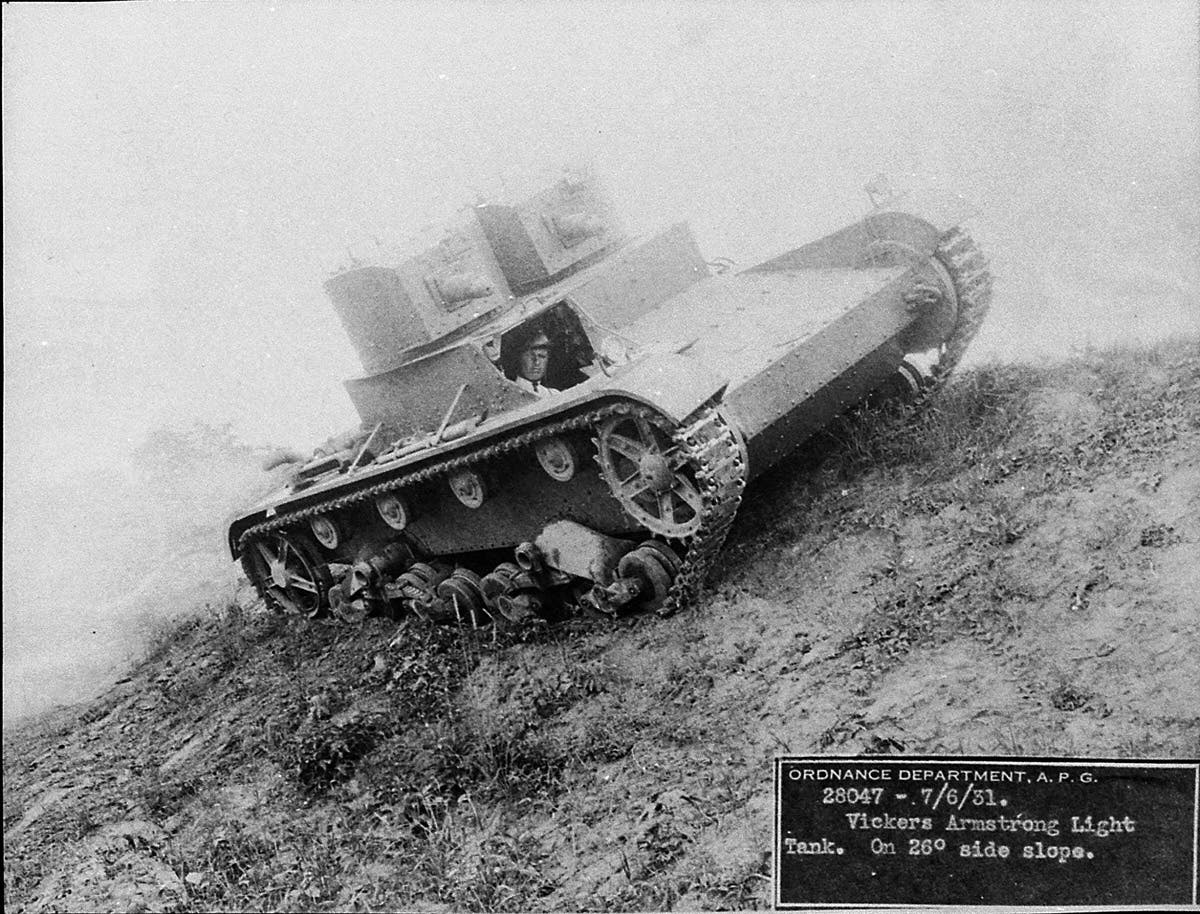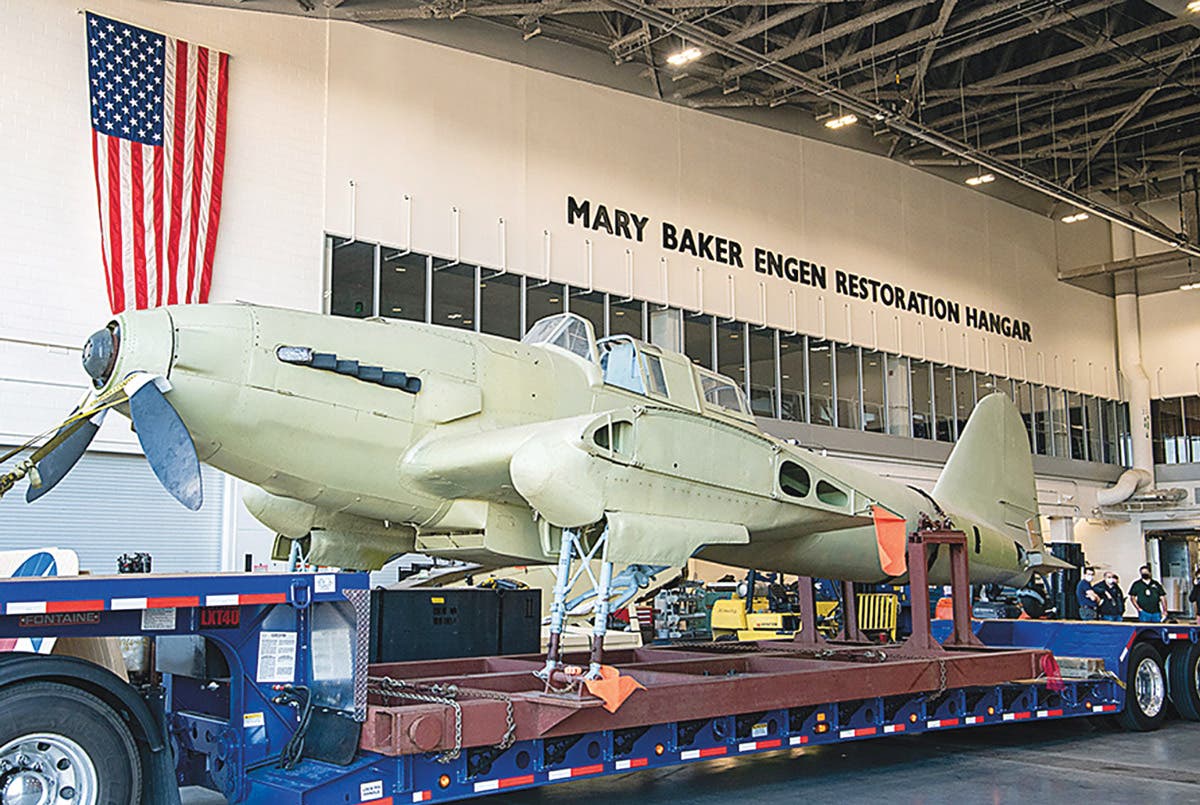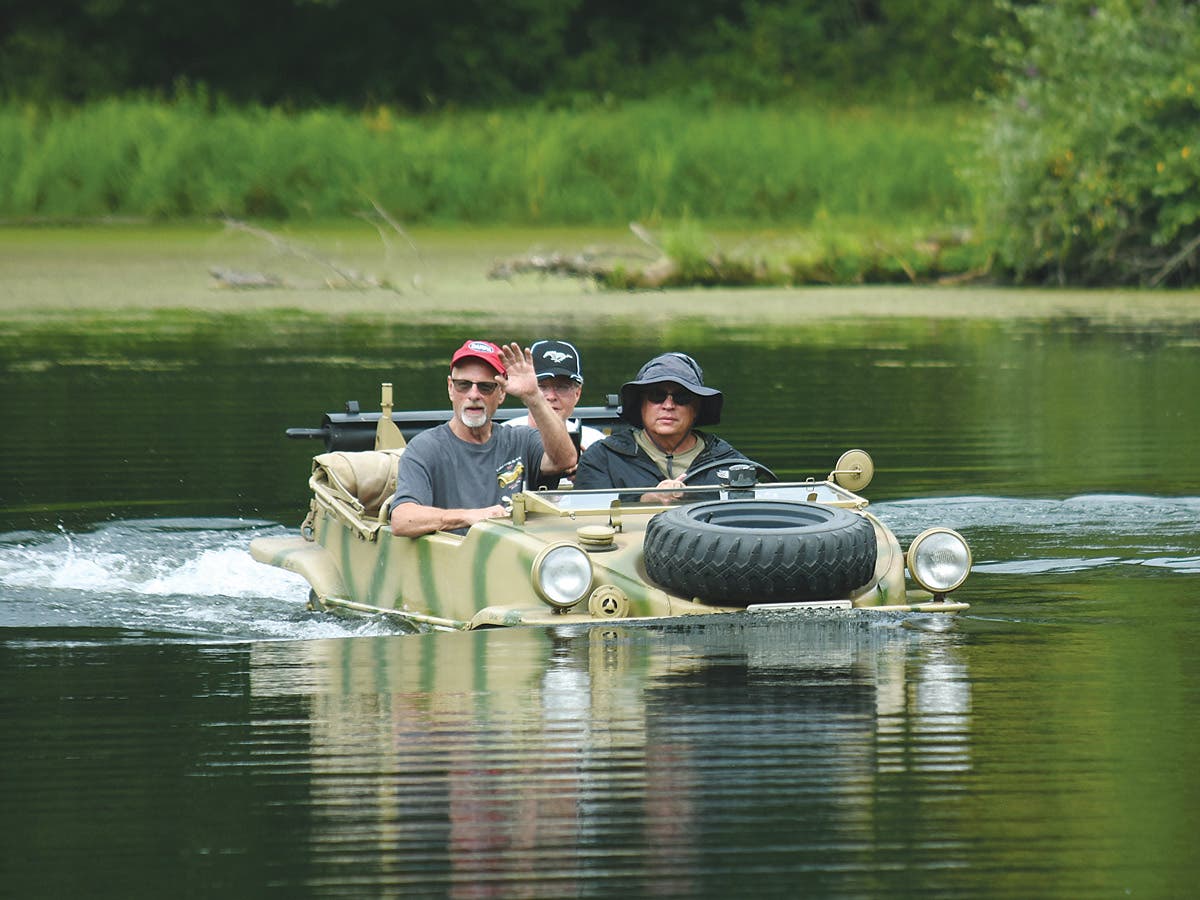British WWII Humber Scout Car
WW2 reconnaissance car was light and agile…but never a standout
Throughout the course of the Second World War the British army used a variety of armored vehicles, some of which were more heavily employed and others which, despite being produced in large numbers, have become all but forgotten, overshadowed by more familiar types. One such example of this is the Humber Scout Car which has been virtually overshadowed by the more instantly recognizable Daimler “Dingo” Scout Car.
HUMBERS AND DINGOS
Scout cars were employed by all belligerent countries during the war and operated in the specialist role of reconnaissance duties, often far in advance of the main armored columns and thus were often exposed to the attention of enemy fire. The scout car design is, by its very nature, small making the vehicles compact and fast. They were usually only lightly armed with machine guns for self-defense and armor protection was invariably thin. Troops operating in the reconnaissance role using scout cars often found themselves suddenly exposed to hostile fire and were only able to avoid destruction by the driver putting his foot down hard on the throttle and taking evasive action.
When war broke out in 1939, the British Army already had the Daimler Dingo Scout Car in service. The Dingo was capable of over 50 mph on roads and had an operational range of 200 miles. But the demand for scout cars to equip forces as the British Army entered other theaters of war to engage the Axis forces of Italy and Germany in North Africa and to replace losses following the Dunkirk evacuation, were so high, the Daimler could not keep pace. To fill the gaps, other vehicle manufacturers were approached,
Rootes was a company that produced motorcars prior to WWII. The staff had the engineering experience to produce light armored vehicles. Retooling and machining to the production of military vehicles would not be too difficult and the design and development for new vehicles could be completed by experienced engineers within the company’s group.
In 1942, Rootes produced a new design called the “Humber Scout Car.”Not looking too dissimilar to the the Daimler Dingo, the Humber was slightly larger and heavier. By the time the war ended, Rootes had produced more than 4,100 Humbers in two different variants.
The Humber Scout Car has been described as being less “mechanically sophisticated” than the Daimler Scout Car, but it went on to prove popular with crews. The first vehicles were known as the Mk I, of which some 1,698 were built and went into service. These were followed by the Mk II, which differed by having an improved transmission. The Mk IIs made up the remainder of the production run. The number of Humber Scout Cars ordered was set at 4,298 of which 4,102 were delivered, and apart from units within the British army, such as the Guards Armored Brigade, Humbers were also used by Canadian troops, the 1st Czechoslovakian Armored Brigade, and the Polish II Corps, the last two fighting with the Allies as free forces in exile.
Among the British forces using the Humber Scout Car were the regiments serving as part of the 11th Armored Division with its distinctive emblem of a black bull on a yellow background. This division gave good account of itself during the fighting across Europe from June 1944, until the end of the war.
The Humber Scout Car was normally served by a crew of two: The driver and commander, but provision was made for a third person inside the small vehicle. This was usually someone serving in the role of forward observation officers (FOO) directing artillery fire. To keep in contact with other units and relay details back to the artillery positions, the vehicle was fitted with a No 19 radio set.
A Rootes six-cylinder petrol engine of 87hp at 3,300 rpm powered the scout car. It was the same type used on the commercial Humber “Super Snipe” car. The engine was mounted in the rear and gave a power to weight ratio of 25.6hp/tonne and produced a top speed of 60 mph on roads – better than the Dingo.
The Humber Scout Car was fitted with a four-speed gear box, plus reverse, and the Mk II was fitted with synchromesh to the 2nd, 3rd and 4th gears. It was a four-wheeled vehicle with heavy-duty tires for good cross-country capability and the vehicle had a maximum operational range of 200 miles which, combined with its speed, was impressive and comparable to that of either the British Dingo or the heavier German SdKfz 222 armored car. The vehicle had a ground clearance of ten inches and could manage gaps such as drainage ditches up to twelve inches wid and ford water obstacles up to three feet deep.
The armament was either two .303 inch caliber Bren Guns or Vickers K machine guns mounted on the roof of the vehicle and fitted with a special Parrish-Lakeman mounting that permitted it to be fired from within the vehicle. The design of this mounting resembled the handlebars of a bicycle, with the trigger mechanism being operated in a manner similar to applying the brake lever. The Bren Guns mounted on the Humber were sometimes modified to accept a drum magazine holding 100 rounds – more than three times the capacity of the standard magazine. More often, though, the armament layout was a pair of Bren Guns mounted side-by-side on the roof. These were fitted with the standard 30 round capacity magazine. Additional ammunition capacity – up to 1,000 rounds – was stored loaded in magazines ready for use inside the vehicle and because it was a standard .303 inch calibre rifle round it was easily re-supplied. This allowed the vehicle to engage infantry in the open. Beyond that, though,it had to rely on speed to extricate itself from any unexpected situation.
The Humber Scout Car weighed 2.4 tons and protected by armor up to 14mm thickness maximum with an open top and un-armored floor. It was 12 feet 7 inches in length, had a width of 6 feet 2 inches, and was 6 feet 11 inches in height. The hull was angled to deflect light projectiles and a steel roof provided some overhead protection. The two-man crew accessed the vehicle through hatches in the roof or by a single door on the left hand side.
After its introduction in 1942, the Humber continued to serve until the end of the war and was operated mainly in North West Europe in mainly liaison roles within the armored units using the vehicle. After the war it continued to be used and was even operated by several European countries including France, the Netherlands, and the Belgian police.
The design served on until 1958 seeing service in Malaya and other Far East states. Eventually, it was replaced by more modern vehicles, such as the Ferret Scout Car that had begun to enter service in 1953.
You may also enjoy
*As an Amazon Associate, Military Trader / Military Vehicles earns from qualifying purchases.








